Literary rating: ★★½
Kick-butt quotient: ☆☆½
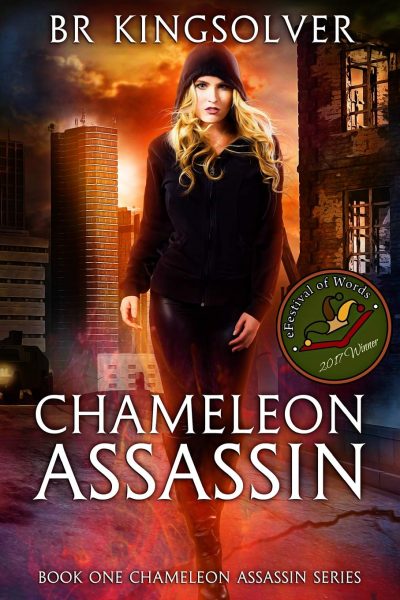 This takes place in a mildly post-apocalyptic version of Toronto. Climate change and other global issues have helped trigger a sharp increase in mutations among newborn children. Some are positive; others… not so much. The social upheaval also occurring around this time has led to a sharp divide between the haves and the have-nots, with the former able to enjoy considerably more than basic essentials such as clean air and water. The latter struggle to afford these necessities, creating a vicious cycle of deprivation. Libby Nelson rides the razor’s edge between the two worlds. While a mutant herself, she has been blessed with abilities rather than cursed with ailments; she can change her appearance and also disrupt electrical currents.
This takes place in a mildly post-apocalyptic version of Toronto. Climate change and other global issues have helped trigger a sharp increase in mutations among newborn children. Some are positive; others… not so much. The social upheaval also occurring around this time has led to a sharp divide between the haves and the have-nots, with the former able to enjoy considerably more than basic essentials such as clean air and water. The latter struggle to afford these necessities, creating a vicious cycle of deprivation. Libby Nelson rides the razor’s edge between the two worlds. While a mutant herself, she has been blessed with abilities rather than cursed with ailments; she can change her appearance and also disrupt electrical currents.
These two talents have brought her a career as a hired assassin, thief and investigator, working on behalf of various commercial or business interests, as corporations have replaced governments. Her latest commission is working for the local Chamber of Commerce – not quite the charitable group they currently are! – to look into “luvdaze”, a new drug which has recently started to flood the market, both locally and across the continent. They want to find out who is behind its production and distribution. However, the deeper Libby digs, the more dangerous her mission becomes, as she approaches the murky ares where organized crime and corporate malfeasance cross paths, with both groups very intent on playing for keeps, and taking no prisoners.
It all feels rather contrived, right from giving the heroine not one but two positive mutations, as well as a remarkable array of skills, devoted friends and physical beauty. She is even literally kind to orphans, a revelation which you’ll understand may have provoked a derisive snort. There’s heroic, and then there’s positively beatific, y’know. On the other hand, given her ability to look like absolutely anyone, it seems oddly limiting, or shows a lack of imagination, that’s she’s working as a freelance security consultant. Five minutes thought about how to use the skill, and I imagine most people would easily be able to come up with more profitable – or, indeed, more interesting – ideas.
I can’t say this is badly-written. It is, however, remarkably “meh.” There’s no any particular progression or escalation, which would potentially lead to a building sense of excitement. Things happen, but they aren’t described in a particularly exciting way on their own, and nor do they combine in a way which is greater than the sum of their parts. I only finished reading the book a couple of days ago, and it has already all but vanished from my mind. For the purposes of this review, I had to look up basic information like the name of the heroine or the city in which it took place, such was the lack of impact. Like the creature in its title, this book has faded quietly into the background, and will soon be entirely forgotten.
Author: B.R. Kingsolver
Publisher: CreateSpace, available through Amazon, both as a paperback and an e-book
1 of 5 in the Chameleon Assassin series.






 In the second half of the 21st century, Japan closed its borders, after a schism between it and the rest of the world over the development of advanced androids by robotics pioneer Daiwa Heavy Industries, which the United Nations wanted stopped. For a decade no foreigner has been allowed in, and no-one knows what the country is now like. Then evidence arises that makes government agency SWORD embark on an “off the books” mission, to insert a team into Japan. It doesn’t go well, and before long the only member left active is Lt. Cdr. Vexille Serra (Kuroki). She discovers the country is now run by Daiwa, and things are… not what you’d expect. She links up with the head of the anti-Daiwa resistance, Maria (Matsuyuki). But time is running out for them, and the rebels are forced to mount a last-ditch attack on Daiwa’s island headquarters, in the hope of preventing a similar fate befalling the rest of the world.
In the second half of the 21st century, Japan closed its borders, after a schism between it and the rest of the world over the development of advanced androids by robotics pioneer Daiwa Heavy Industries, which the United Nations wanted stopped. For a decade no foreigner has been allowed in, and no-one knows what the country is now like. Then evidence arises that makes government agency SWORD embark on an “off the books” mission, to insert a team into Japan. It doesn’t go well, and before long the only member left active is Lt. Cdr. Vexille Serra (Kuroki). She discovers the country is now run by Daiwa, and things are… not what you’d expect. She links up with the head of the anti-Daiwa resistance, Maria (Matsuyuki). But time is running out for them, and the rebels are forced to mount a last-ditch attack on Daiwa’s island headquarters, in the hope of preventing a similar fate befalling the rest of the world.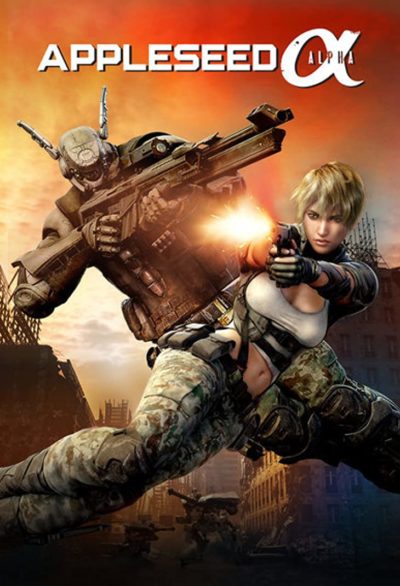
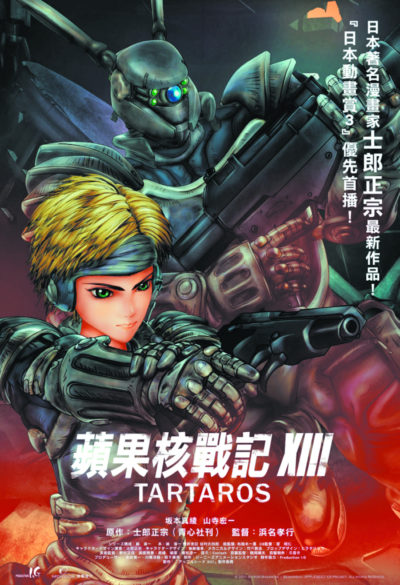
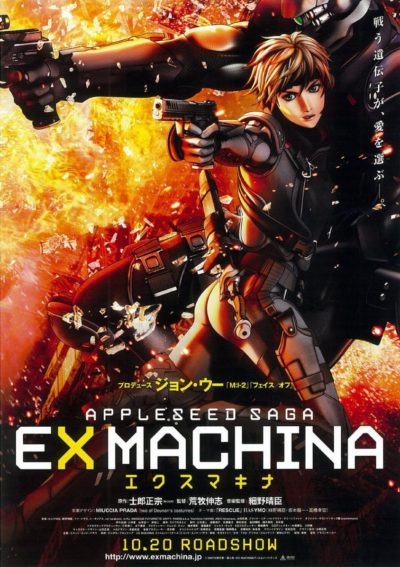

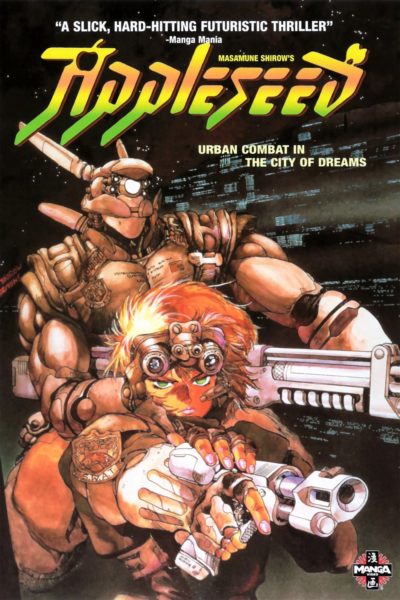
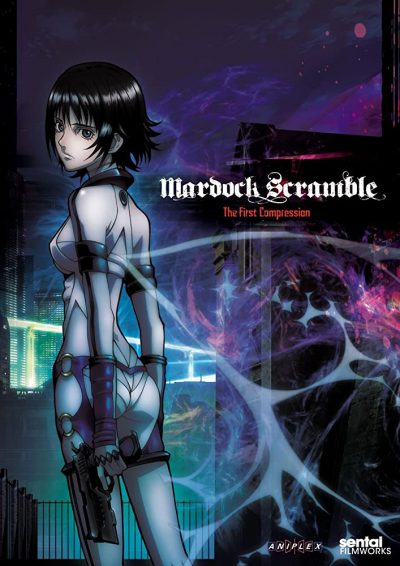 Originally a series of three novels by Tow Ubukata, then a manga series published from 2009-12, I can only presume that something was lost in the translation to these three short (~65 minutes each) movies. Actually, make that just about everything. For after a promising first entry, I can’t think of a franchise that fell so completely off the rails. Okay, maybe The Matrix, with which this shares similar problems: taking itself far too seriously, and diverting into social commentary for which no-one was asking. I gave serious consideration to bailing and make this a rare “Did not finish,” which I’d not even bother writing about. But perhaps if my experience can serve as a warning to others, the tedium will not have been experienced in vain.
Originally a series of three novels by Tow Ubukata, then a manga series published from 2009-12, I can only presume that something was lost in the translation to these three short (~65 minutes each) movies. Actually, make that just about everything. For after a promising first entry, I can’t think of a franchise that fell so completely off the rails. Okay, maybe The Matrix, with which this shares similar problems: taking itself far too seriously, and diverting into social commentary for which no-one was asking. I gave serious consideration to bailing and make this a rare “Did not finish,” which I’d not even bother writing about. But perhaps if my experience can serve as a warning to others, the tedium will not have been experienced in vain.
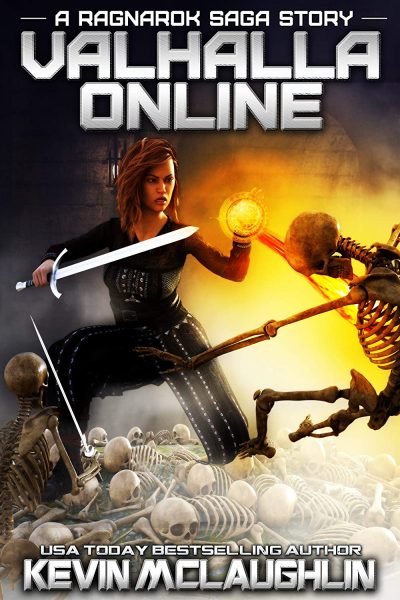 I could have sworn this isn’t the first entry in the LitRPG genre I’d reviewed, but I’m damned if I can find the previous one. So, just to be safe, I’m going to explain what LitRPG is: apologies if this is unnecessary! Basically, it takes the structure of role-playing games (RPGs) – things like character levels, ability scores, etc – and applies them onto a story structure. Obviously, the overlap between RPGs and books has been a long one: Dungeons & Dragons is heavily influenced by the work of Tolkein. But it has been mostly one-way traffic. The LitRPG genre sends things back the other way, producing novels that adopt the practices of the games.
I could have sworn this isn’t the first entry in the LitRPG genre I’d reviewed, but I’m damned if I can find the previous one. So, just to be safe, I’m going to explain what LitRPG is: apologies if this is unnecessary! Basically, it takes the structure of role-playing games (RPGs) – things like character levels, ability scores, etc – and applies them onto a story structure. Obviously, the overlap between RPGs and books has been a long one: Dungeons & Dragons is heavily influenced by the work of Tolkein. But it has been mostly one-way traffic. The LitRPG genre sends things back the other way, producing novels that adopt the practices of the games.